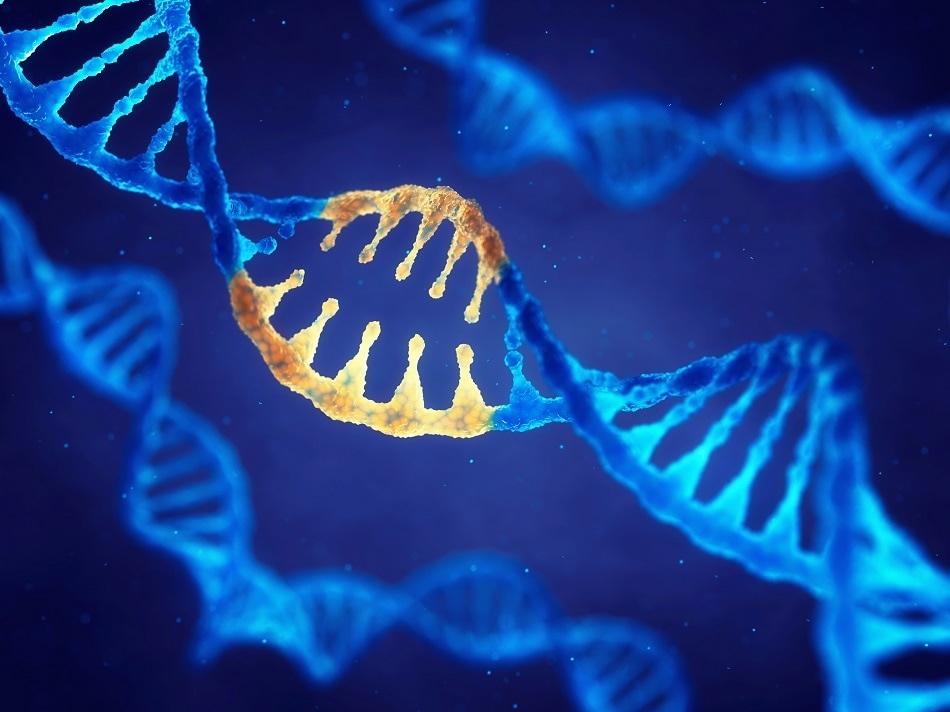Introduction
Biotechnology is a life science which deals with the study and modification of living organisms and biomolecules to enable the cost-effective manufacture of various products and vectors. It involves expertise in a variety of fields, from biological, biochemical, molecular biological, molecular engineering, and genetic engineering to agricultural knowledge. Among other marvelous achievements, it has allowed the detailed study of genes and even complete genomes, the synthesis of genetically modified products and genetically engineered organisms, and the emergence of successful gene therapies, as well as the manufacture of essential drugs from genetically engineered bacteria such as human insulin.

Shutterstock.com/nobeastsofierce
Nanotechnology and nanomaterials
Nanotechnology deals with materials on a nanometer scale, which is a thousand times smaller than the micrometer scale. This is comparable in size to biomolecules and biomaterials, rather than to the plant and animal cells or viruses with which biotechnology works. The difference between a biomaterial and a nanomaterial is that even though biomolecules are engineered for various purposes, they are not considered nanomaterials because they are not manmade.
The difference between nanotechnology and biotechnology
Thus one fundamental difference between biotechnology and nanotechnology is the nature of the materials.
- Biotechnology uses biomolecules and organisms to develop pharmaceutical therapies, medical treatments and research, and agricultural innovations. The molecules used may include antibodies, nucleic acids such as DNA and RNA, proteins and hormones, viruses, human cells and bacteria, and plant cells. While biomolecules are typically within a range of 3-15 nm in size, human cells and plant cells may measure up to 25 microns and 100 microns respectively, at their largest.
- Nanotechnology uses manmade and inorganic materials, which are typically less than 100 nm in size.
The other difference is the kind of applications that the material or molecule is used for.
- Biotechnology applies itself to life sciences.
- Nanotechnology is usually bent on computational increments or advances, better electronic performance, and the production and storage of energy for various applications.
The overlap
However, these fields do overlap in some areas. These are called nanobiotechnology and bionanotechnology, and they are not identical.
Nanobiotechnology deals with technology which incorporates nanomolecules into biological systems, or which miniaturizes biotechnology solutions to nanometer size to achieve greater reach and efficacy. This may result in more effective and inexpensive assays and therapies. Biomolecules are often added to the outside of nanoparticles to target or make use of specific molecules for a given purpose. These hybrid nanostructures are used to make biosensors or to image certain body parts. Nanostructures can also be engineered to incorporate them into body systems by altering their solubility in water, compatibility with biologic material, or recognition of biological systems. To give one example, DNA is typically difficult to insert into a cell nucleus because of its strand-like form. However, if it is mounted on a spherical nanoparticle the spherical DNA may pass through the cell and nuclear membrane with ease. Antibodies and proteins may also be used to coat nanomolecules such as carbon tubes or gold nanoparticles for easy and rapid bioassays.
Bionanotechnology, on the other hand, deals with new nanostructures that are created for synthetic applications, the difference being that these are based upon biomolecules. In other words, the building blocks out of which the nanostructure is made are antibodies, nucleic acids or other molecule of life. The molecules used are typically self-assembling and have a highly predictable pattern of binding. This makes them ideal for the purpose of building functional nanostructures, which can be used for various nanotechnological applications such as the manufacture of nanomachines. These molecules are being investigated because both their structure (nanocrystals, nanoshells and nanomachines) and their properties can be tailored quite precisely.
Bioconjugate chemistry thus makes good use of the differing functional properties of both biomolecules and nanomaterials, which share the same size range, for a wide range of applications such as:
- to produce more sensitive and specific cell markers
- to generate markers of many biological processes
- to acquire better images
- to prevent the immune system from reacting to and neutralizing targeted drug delivery systems
These benefits are due directly to the nanoscale of the structure. For instance, some nanostructures act as fluorophores or produce other optical effects in the near infrared region of the spectrum of light. In this region of the spectrum, tissues are actually transparent, and coating appropriate nanoparticles with specific biomolecules such as antibodies could potentially help image tissues or even test their function, using such light sources.
Sources
- https://pratt.duke.edu/
- http://omninano.slides.com/omninano/nanotech-biotech#/17
- https://pdfs.semanticscholar.org/4c54/35f149ffe038e9933e367bdae6d637e05b46.pdf
- https://www.ncbi.nlm.nih.gov/pmc/articles/PMC3571017/
Disclaimer: The views expressed here are those of the author expressed in their private capacity and do not necessarily represent the views of AZoM.com Limited T/A AZoNetwork the owner and operator of this website. This disclaimer forms part of the Terms and conditions of use of this website.